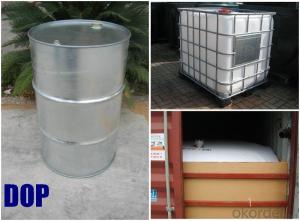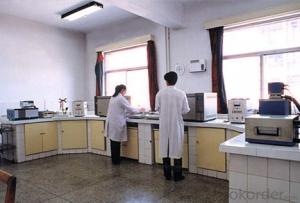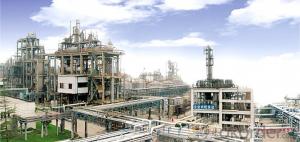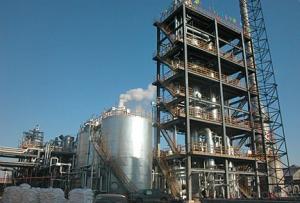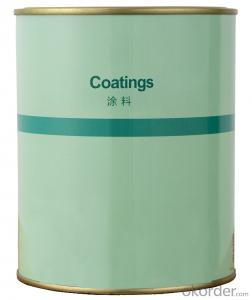C24H38O4 DOP Dioctyl Phthalate DOP oil 99% 99.5%
- Loading Port:
- Tianjin
- Payment Terms:
- TT OR LC
- Min Order Qty:
- 20 m.t.
- Supply Capability:
- 8000 m.t./month
OKorder Service Pledge
OKorder Financial Service
You Might Also Like
DOP
Molecular Formular : C24H38O4
Molecular weight : 390.57
CAS No.:117-81-7
H.S Code : 2917.3200.00
EINECS No.: 204-211-0
Characteristics : Colorless transparent oily liquid, slight odor.
Processing : Injection Moulding
Application : It is one of the most extensively used plasticizers in plastics processing. It has comprehensive properties, such as high plasticizing efficiency, low volatility, UV-resisting property, water-extracting proof, cold-resisting property, and also good softness and electric property. As a fine main plasticizer, it is extensively used in processing polyvinyl choride and ethylcellulose resins to produce plastic film, imitation leather, electric wire, cable wearer, sheet, planet, mould plastic products and. Used in nitrocellulose paints, it can make the ethylcellu lose more elastic and more strong in extracting tension. It can be used as a softening agent of synthetic rubber, such as to make the product easier to rebound and harder to undergo form change under pressure, without affecting of the plastics.
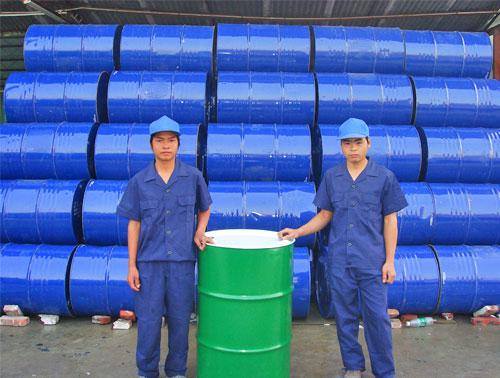
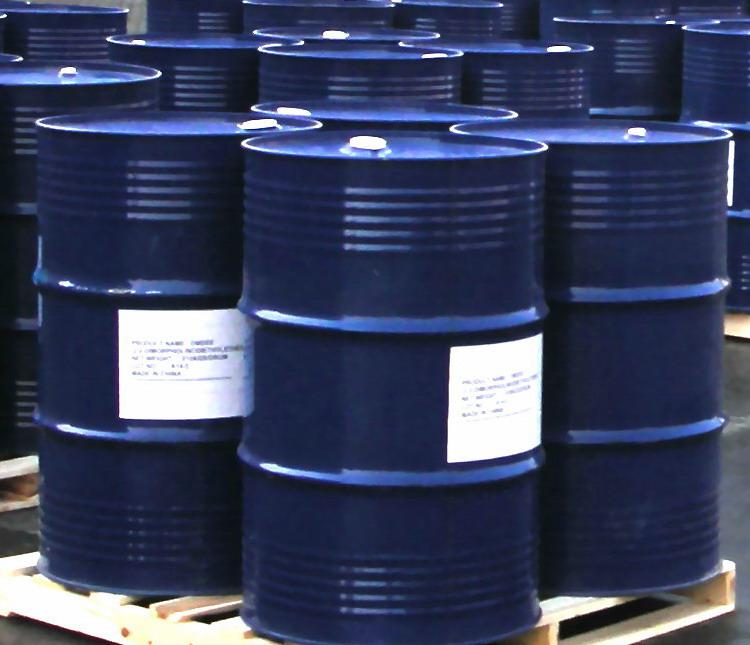
Specifications :
Quality Index | |||
Item | Value | ||
Super Grade | First Grade | Qualified Grade | |
Appearance | Oily liquid | ||
Color(APHA) ≤ | 30 | 40 | 120 |
PurityAs Ester% ≥ | 99.5 | 99.0 | 99.0 |
Acidity (benzene dicarbonic acid)g/cm | 0.01 | 0.015 | 0.03 |
Loss on dry (125oC3hr)%≤ | 0.2 | 0.3 | 0.5 |
Flash point(open)oC ≥ | 195 | 192 | 190 |
Density20,g/cm3 | 0.982-0.988 | ||
Volume Resistivity ΩM ≥ | 1.5×1011 | ||
Heat decrement % ≤ | 0.2 | 0.3 | 0.5 |
Water content,% ≤ | 0.1 | 0.15 | 0.15 |
Package and Storage :
Packed in 200KG/Galvanized Iron Drum or 1000kg/ISO TANK or flexibag container
Stored at dry,shady,ventilated place. Prevented from collision and sunrays,rain-attack during handling and shipping. Met the high hot and clear fire or contact the oxidizing agent,caused the burning danger.
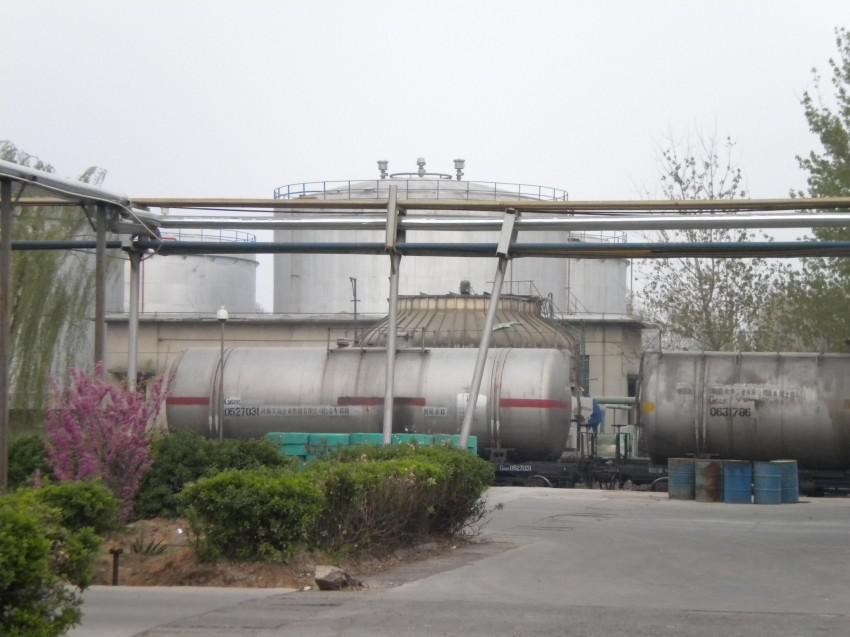
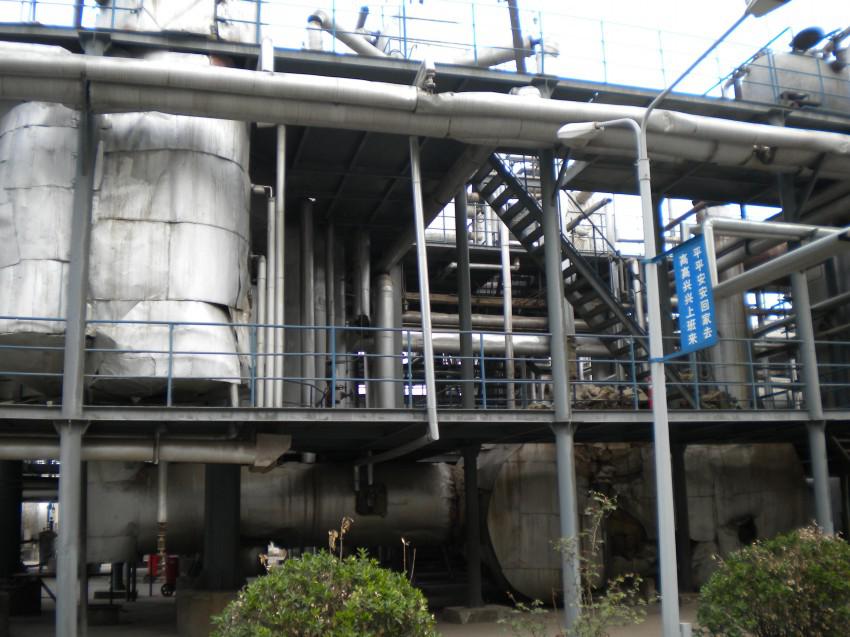

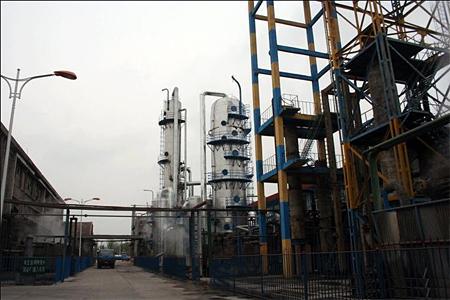
- Q:What is the principle of the catalyst? Why can change the rate of chemical reactions and their own without any change
- The catalyst is a substance that alters the reaction rate without changing the total standard Gibbs free energy of the reaction. The composition, chemical properties and quality of the catalyst itself do not change before and after the reaction; its relationship with the reaction system is as highly selective (or specific) as the relationship between the lock and the key. A catalyst does not catalyze all chemical reactions. For example, manganese dioxide catalyzes the thermal decomposition of potassium chlorate, accelerates the reaction rate, but does not necessarily have a catalytic effect on other chemical reactions. Some chemical reactions are not only the only catalyst, such as potassium chlorate can be thermally decomposed in the catalytic role of magnesium oxide, iron oxide and copper oxide, etc., potassium chlorate oxygen can also be used when the red brick powder or copper oxide as a catalyst.
- Q:What is the reaction of hydrogen peroxide to add manganese dioxide?
- This problem is not easy to answer, the principle of manganese dioxide catalytic hydrogen peroxide I have not learned, but I have also considered, I think so, hydrogen peroxide and manganese dioxide first combination, the formation of permanganic acid, permanganic acid is a Very special acid is indeed present, it can not be stable under normal conditions, it will be further decomposition, the formation of manganese dioxide, oxygen and water
- Q:in my 99 ram 2500 v8 5.9 that code came up, not sure what to do about it or what it could be any ideas or help with be great thanks
- Catalyst Efficiency Low Bank 1
- Q:I have just spent CAN$550 to replace a catalyst converter at one end of the muffler. The repairman said I need to replace the oxygen sensor very soon, otherwise, the C.C. will be gone again. Is that true... can someone confirm this for me. Thanks.
- your O2 sensor measures the amount of oxygen remaining in the exhaust gas after the combustion process. The left over oxygen reacts with the sensor to send an electrical signal to your vehicles computer. the computer can then adjust your fuel injector pulse width in order to maintain the proper 14.7:1 air/fuel ratio. Excessive exhaust gases are the usual culprit when catalatyc converters fail. Even so the O2 sensor is usually fairly cheap ($20-$30) and simple to replace. I would replace it as cheap insurance
- Q:What is a Catalyst?
- Catalyst is such a chemical substance, which is used in a chemical reaction to increase/decrease the rate of the reaction and the reaction the substance remains intact.This is called Catalyst.For example, during preparation of Oxygen from potassium chlorate in the laboratory manganese-die-oxide is used as a catalyst.
- Q:Is the chemical reaction rate constant related to the amount of catalyst used?
- The catalyst has a certain amount of suitable range, the general factory production of some substances (such as ammonia), the amount of catalyst used is limited, to achieve a value after no greater role. So the reaction rate constant is independent of the amount of catalyst used
- Q:The chemical reaction equation of methanol heating and oxygen in the presence of catalyst
- Catalytic oxidation of formaldehyde
- Q:Chemical "catalyst can speed up the chemical reaction rate of other substances," this sentence right?
- Wrong, the catalyst is divided into two kinds, one is to speed up the chemical reaction speed, and the other is the opposite
- Q:In the chemical calculation, the quality of the catalyst should not be counted before and after the reaction
- Half is not easy to save trouble
- Q:My chemistry teacher wont tell me because it's in the higher course. And i'm not waiting a whole year to find out. And also, google is being a gimp about it. So thanks a lot if you know, I only have basic chemistry knowledge btw, lumen'ss terms if you can.
- Catalysts facilitate the reaction. They might work in several ways. Here is an example: Catalysts generally react with one or more reactants to form intermediates that subsequently give the final reaction product, in the process regenerating the catalyst. The following is a typical reaction scheme, where C represents the catalyst, X and Y are reactants, and Z is the product of the reaction of X and Y: X + C → XC (1) Y + XC → XYC (2) XYC → CZ (3) CZ → C + Z (4) Although the catalyst is consumed by reaction 1, it is subsequently produced by reaction 4, so for the overall reaction: X + Y → Z They might also just increase the surface area, thus speeding up the reaction. Example: Coke looses its fizz over time if left with the cork unscrewed. This is because the HCO3 is released as CO2. If you drop a menthos into the coke, it explodes with CO2, because the methos is full of tiny dents in the surface (thus giving it a massive surface area). (i blatantly copied the first example from the wiki)
1. Manufacturer Overview |
|
|---|---|
| Location | |
| Year Established | |
| Annual Output Value | |
| Main Markets | |
| Company Certifications | |
2. Manufacturer Certificates |
|
|---|---|
| a) Certification Name | |
| Range | |
| Reference | |
| Validity Period | |
3. Manufacturer Capability |
|
|---|---|
| a)Trade Capacity | |
| Nearest Port | |
| Export Percentage | |
| No.of Employees in Trade Department | |
| Language Spoken: | |
| b)Factory Information | |
| Factory Size: | |
| No. of Production Lines | |
| Contract Manufacturing | |
| Product Price Range | |
Send your message to us
C24H38O4 DOP Dioctyl Phthalate DOP oil 99% 99.5%
- Loading Port:
- Tianjin
- Payment Terms:
- TT OR LC
- Min Order Qty:
- 20 m.t.
- Supply Capability:
- 8000 m.t./month
OKorder Service Pledge
OKorder Financial Service
Similar products
New products
Hot products
Hot Searches
Related keywords
